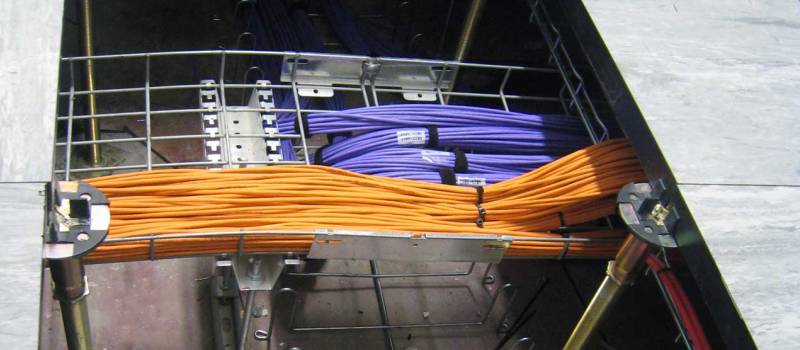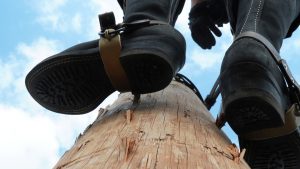When we think of traditional Ethernet cabling for networking, CATx cable is the default wired networking standard. Ethernet and CATx are often thought of as being reliant upon each other. Standards have followed to define the delivery of power along with Ethernet over CATx infrastructure.
Emerging innovations have allowed for Ethernet and PoE devices to be connected via alternative infrastructures such as RG-style coax and 2- wire phone line. In greenfield applications, CATx environments are superior. In brown fields, however, utilizing the existing infrastructure certainly saves capital investment and more importantly speeds up time to service.
When planning the addition of new network devices or evolving to new technologies, considerable thought must be given to how they will interconnect to the wide-area network for management, control, computing or storage needs.
Pulling traditional Ethernet cabling or CATx cable from the core network to the device requires the following steps:
1. Plan the cable run: Can existing conduits support the addition of new cables, considering space, weight, and the ability to pull new cable? If existing conduits are insufficient to support new cable, where and how can new conduits be deployed? Are the walls solid or hollow? Is the ceiling open or closed? Are there asbestos issues?
2. Assess the need for edge switching and power: Do the runs exceed 100m? If so, is there space to add edge switching and/or PoE injectors to deliver data networking and power to the devices?
3. Purchase new cable: Does the budget support an investment in new cable? Does the schedule allow it?
4. Pull/lay the new cable: Assume there will be some challenges not discovered in the planning stage. Are the records available? Have there been any undocumented changes in the environment over time? Are the required areas easily accessible?
5. Test: New cable and connections must be tested to ensure functionality. Has the proper bend radius been maintained? Has new stress been added when the cable was pulled into existing conduit? Have connections been done properly?
6. Removal of abandoned cable: NEC codes require that unused cables must be removed. Has removal and disposal of abandoned cable been factored in to project costs? Beyond just the cost of the cable, pulling new cable in a brownfield environment introduces many more costs and risks than working with a known infrastructure.










